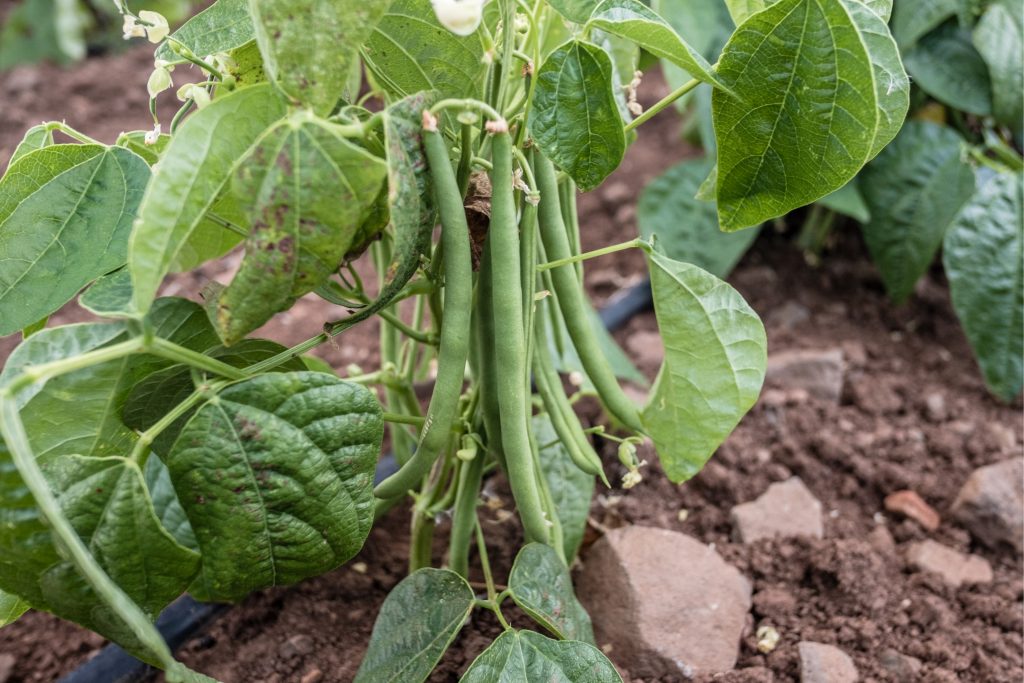
By Clint Thompson
Red Node Disease, aka Tobacco Streak Virus, was discovered in beans in a Florida vegetable field this spring. It’s vectored by thrips and could potentially be a problem for farmers this fall, according to Prissy Fletcher, University of Florida/IFAS Agricultural Extension agent for St. Johns County, Florida.
“I have been here 14 months and since I have been here, we had never seen this disease. Speaking with some of my predecessors, this has not been an issue that we have seen before. It’s a new situation for us,” Fletcher said. “Even though the virus was first identified in Homestead, Florida in 2014, we weren’t aware of this issue in beans up here. But after doing a literature review and knowing it had been in South Florida, looking back, it was just a matter of time before we found it here. This is definitely a new situation for us locally that we’re going to attack as a team and get a good IPM plan.”
Thrips Need to be Contained
Thrips vector the disease and are the key in farmers managing it successfully. They are tiny insects that can feed on various hosts while spreading different diseases. Thrips in peanuts can lead to tomato spotted wilt virus. Onion thrips or western flower thrips are the pests that vector Red Node Disease in beans. But they can also feed on squash, cotton and different weed species.
“A lot of this is going to boil down to communication, communicating with your neighbors, other folks who are growing crops that can be affected by thrips, which is just about everything. A good IPM program for thrips is going to be pretty crucial,” Fletcher said. “Just the importance of communicating with your neighbors about disease spreading, pest management and working together as a system because if your neighbor has that problem, you’re likely to be impacted by that as well.”
Fletcher said the impact on beans can be devastating. Symptoms include reddening of the stem, nodes and leaf veins. Infected pods show patterns of necrotic red patches. The spread of the disease can make the pods fall off, shrivel up or not even produce the beans themselves.
“It could be pretty bad for that farmer if that disease spreads,” Fletcher said. “Prevention is going to be key.”
Fletcher said farmers will begin planting their fall crop in September and early October.
“The production of beans in this area is increasing, which is pretty exciting. Seeing more farmers diversifying and taking on more of these alternative crops. It’s pretty cool stuff. Then we find this disease and it’s like, ‘Oh my goodness. Okay, we’ve got to figure this out before next season.’ So prevention, prevention, prevention,” Fletcher said.









